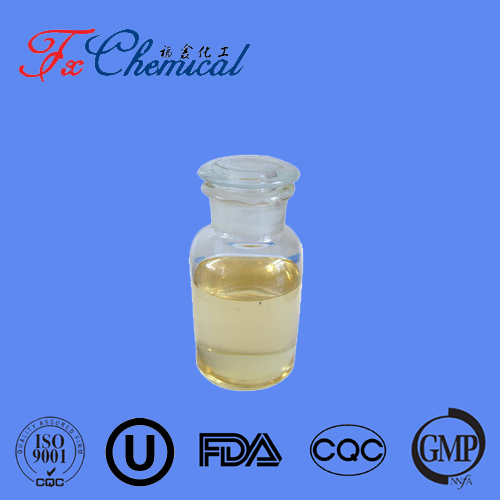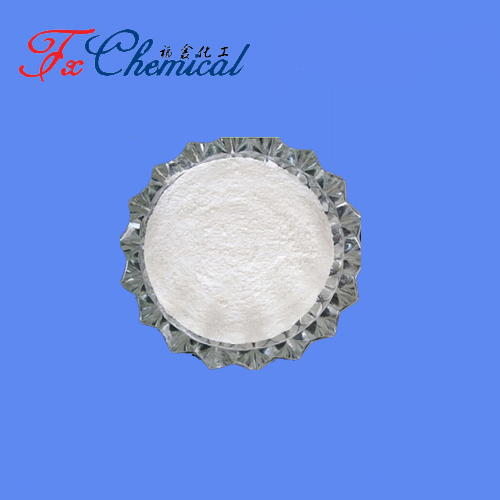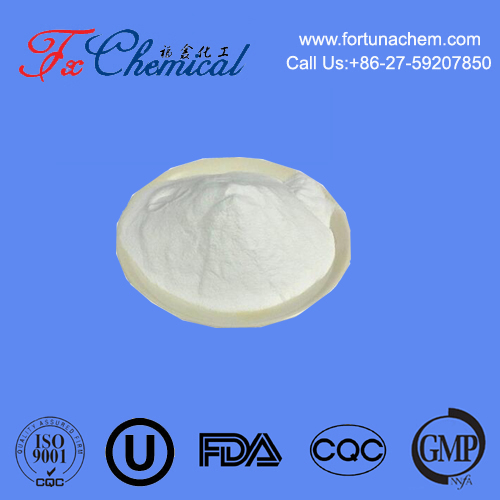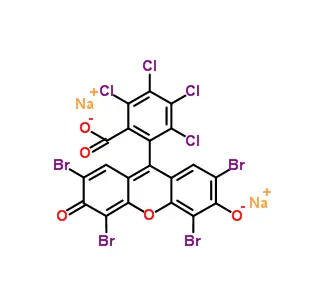
Search

Search

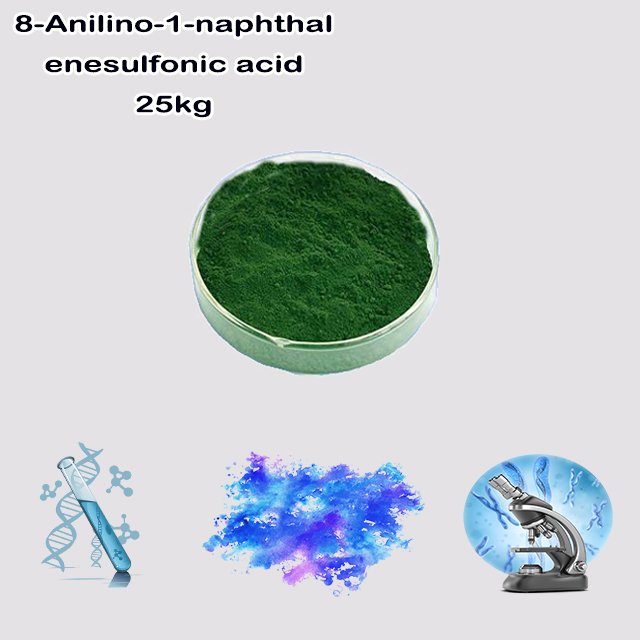
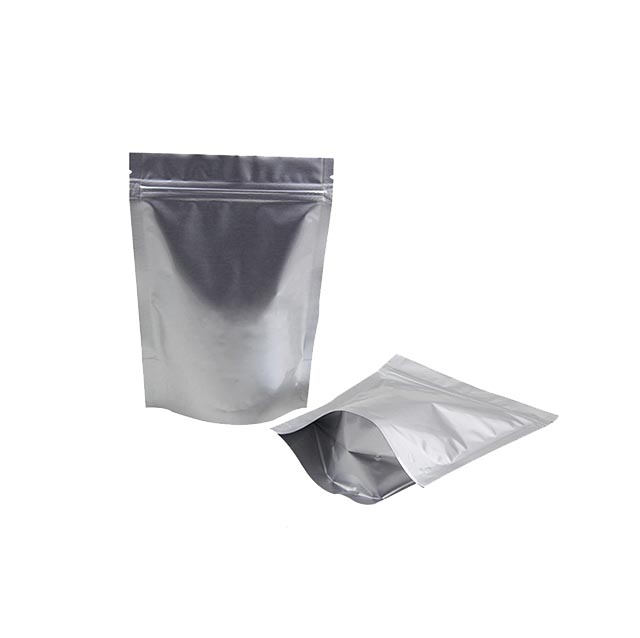
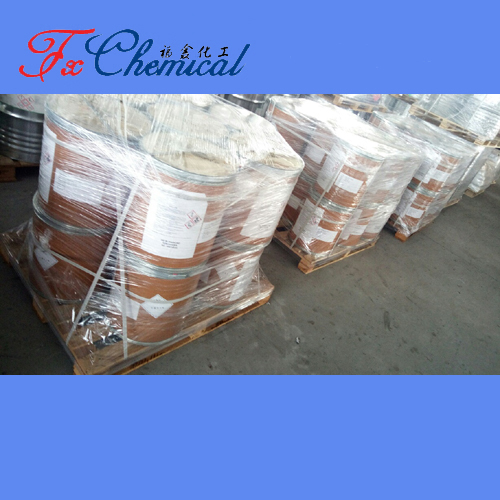
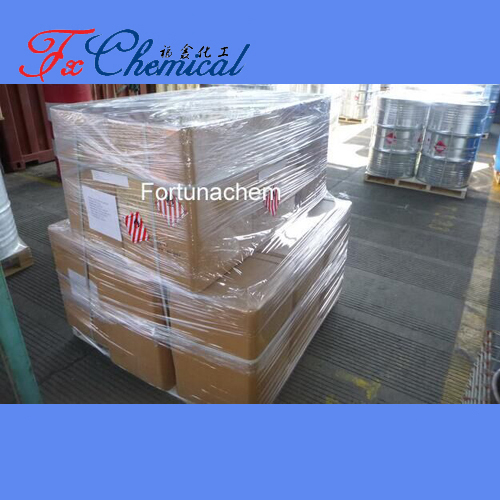






8-Anilino-1-naphthalenesulfonic acid (ANS) is a fluorescent molecular probe used to detect hydrophobic environments in biochemistry.
Key Properties:
Structure: Naphthalene core with aniline (8-position) and sulfonic acid (1-position) groups.
Fluorescence: Weak in water (blue, λ<sub>em</sub>~515 nm), but 100x brighter in hydrophobic zones (green, λ<sub>em</sub>~470 nm).
Solubility: Water-soluble (often as ammonium salt).
Applications:
Protein Studies:
Labels hydrophobic pockets during unfolding/folding.
Tracks conformational changes in enzymes.
Membrane Biology:
Probes lipid bilayers and micelles.
Surfactant Analysis:
Measures critical micelle concentration (CMC).
Mechanism:
Sulfonate group quenches fluorescence in water; in non-polar sites, rigidity ↑ → intense emission.
8-Anilino-1-naphthalenesulfonic acid (ANS) is a fluorescent dye widely used in biochemistry and biophysics for probing protein conformation and hydrophobic environments. Here's a concise breakdown:
Chemical Formula: C₁₆H₁₃NO₃S
Structure: Naphthalene core linked to an aniline group (–NH–C₆H₅) at position 8 and a sulfonic acid (–SO₃H) at position 1.
Fluorescence:
Weak in water (blue emission, λ<sub>em</sub> ~515 nm).
Strong in hydrophobic pockets (green emission, λ<sub>em</sub> ~470 nm; quantum yield ↑ 100-fold).
Solubility: Water-soluble (ionic form), often used as ammonium salt (Magnesium ANS salt common).
Protein Binding Studies:
Binds hydrophobic regions of proteins (e.g., molten globule states, unfolding intermediates).
Detects ligand-induced conformational changes.
Membrane Probes:
Labels lipid bilayers/cellular membranes due to affinity for hydrophobic phases.
Surfactant Analysis:
Measures critical micelle concentration (CMC) via fluorescence shift.
Enzyme Assays:
Monitors lipase/esterase activity (hydrolyzes esters → releases hydrophobic products).
Environment Sensitivity:
In aqueous solutions: Sulfonate group solvated → fluorescence quenched.
In hydrophobic zones: Anilino-naphthalene core protected → intense fluorescence.
"Switch-On" Signal: Fluorescence increase directly correlates with hydrophobicity exposure.
Drug Discovery: Screen protein-ligand interactions.
Protein Folding Studies: Track intermediate states during denaturation/refolding.
Quality Control: Test protein aggregation in biopharmaceuticals.
CAS No.: 82-76-8 (acid), 2876-60-2 (ammonium salt)
Hazards: Irritant (skin/eyes). Use PPE in lab settings.
Storage: Dark, dry conditions (light-sensitive).
Why It Matters: ANS is a "molecular spotlight" for invisible hydrophobic interfaces, enabling real-time monitoring of dynamic biological processes without complex instrumentation.
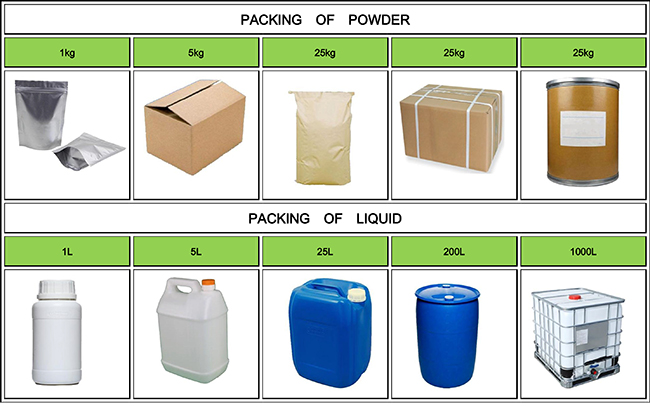
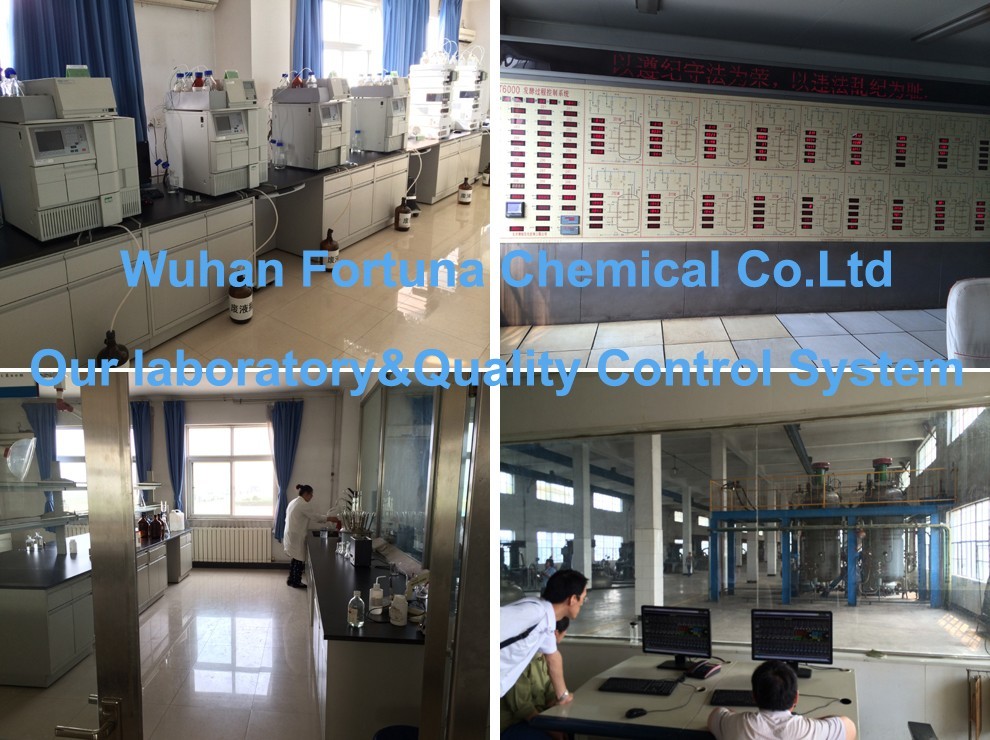


Fortunachem Provides Not Only Professional Chemical Products But Also Professional Help
Keeping you up-to-date with all the latest information, news, and events about Fortunachem!

Quick Links
Add:
E-mail:
 English
English  Español
Español  français
français  العربية
العربية 